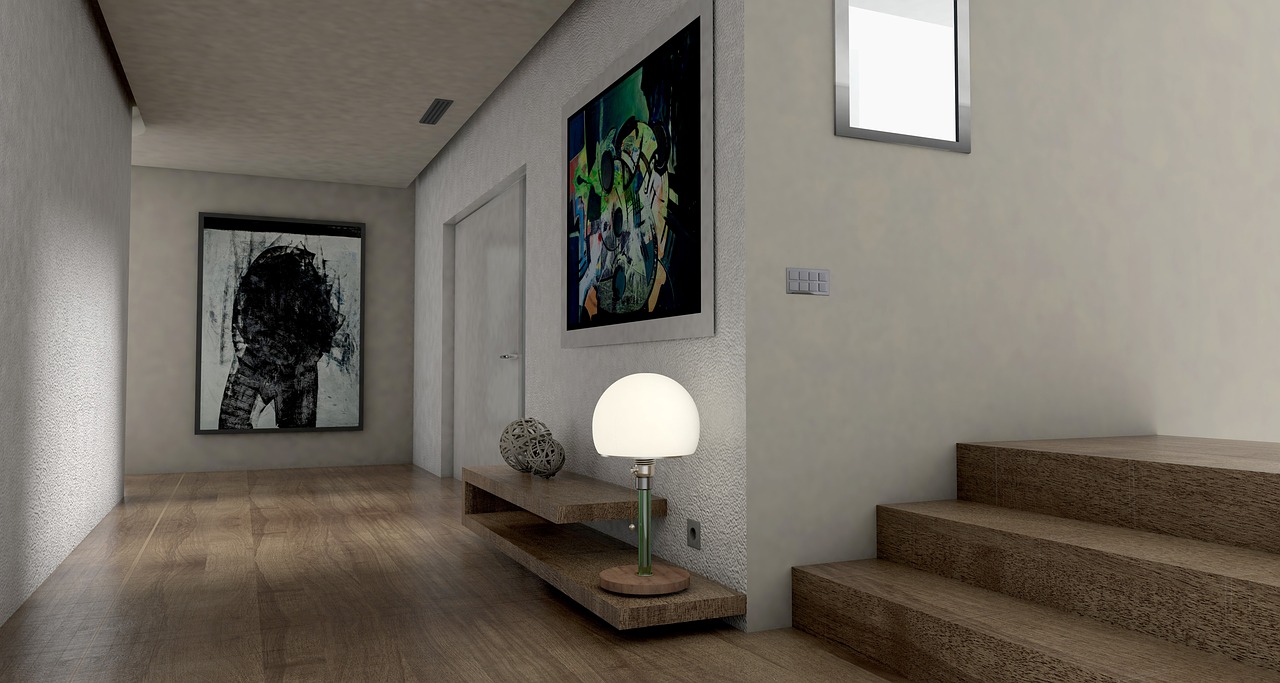The Future of Urban Living: Trends Shaping Real Estate Development
Introduction:
Urban living is undergoing a transformation driven by shifting demographics, technological advancements, and changing lifestyle preferences. As cities evolve to meet the needs of residents and businesses, real estate developers are adapting their strategies to capitalize on emerging trends. In this article, we’ll explore the future of urban living and the trends shaping real estate development in cities around the world.
Rise of Mixed-Use Developments:
Mixed-use developments, characterized by a blend of residential, commercial, retail, and recreational spaces, are becoming increasingly popular in urban areas. These integrated communities offer residents convenience, accessibility, and a vibrant urban lifestyle. Developers are embracing mixed-use projects to create dynamic urban environments that promote walkability, social interaction, and sustainability.
Emphasis on Sustainability and Green Design:
Sustainability is a key focus for real estate developers as they seek to minimize environmental impact and enhance energy efficiency in urban developments. Green building practices, such as LEED certification, passive design principles, and renewable energy integration, are becoming standard features in new construction projects. Sustainable urban development not only benefits the environment but also enhances quality of life for residents and attracts environmentally conscious tenants.
Adoption of Smart Technologies:
Advancements in technology are revolutionizing urban living and transforming the way buildings are designed, constructed, and managed. Smart technologies, including IoT sensors, energy management systems, and smart home automation, are being integrated into real estate developments to improve operational efficiency, enhance security, and optimize resource utilization. Smart buildings and cities offer residents connectivity, convenience, and a seamless living experience.
Shift Towards Flexible Spaces:
The concept of flexibility is gaining traction in urban real estate development, driven by changing work patterns, remote work trends, and the rise of the gig economy. Developers are incorporating flexible spaces, such as co-working spaces, shared amenities, and adaptable floor plans, to accommodate diverse tenant needs and future-proof their projects. Flexible spaces enable residents and businesses to customize their environments and adapt to evolving lifestyle and work preferences.
Focus on Wellness and Community:
Wellness and community amenities are becoming central to urban real estate developments, as developers recognize the importance of promoting health, wellness, and social connection in urban environments. From fitness centers and green spaces to communal gathering areas and cultural amenities, developers are prioritizing features that enhance quality of life and foster a sense of belonging among residents. Creating vibrant, inclusive communities is essential for attracting and retaining tenants in competitive urban markets.
Conclusion:
The future of urban living is characterized by innovation, sustainability, and connectivity. Real estate developers play a crucial role in shaping the built environment and responding to evolving trends and preferences in urban living. By embracing mixed-use developments, prioritizing sustainability and green design, adopting smart technologies, offering flexible spaces, and fostering wellness and community, developers can create urban environments that are vibrant, resilient, and responsive to the needs of residents and businesses alike. As cities continue to evolve, the future of urban living promises to be dynamic, inclusive, and forward-thinking.

